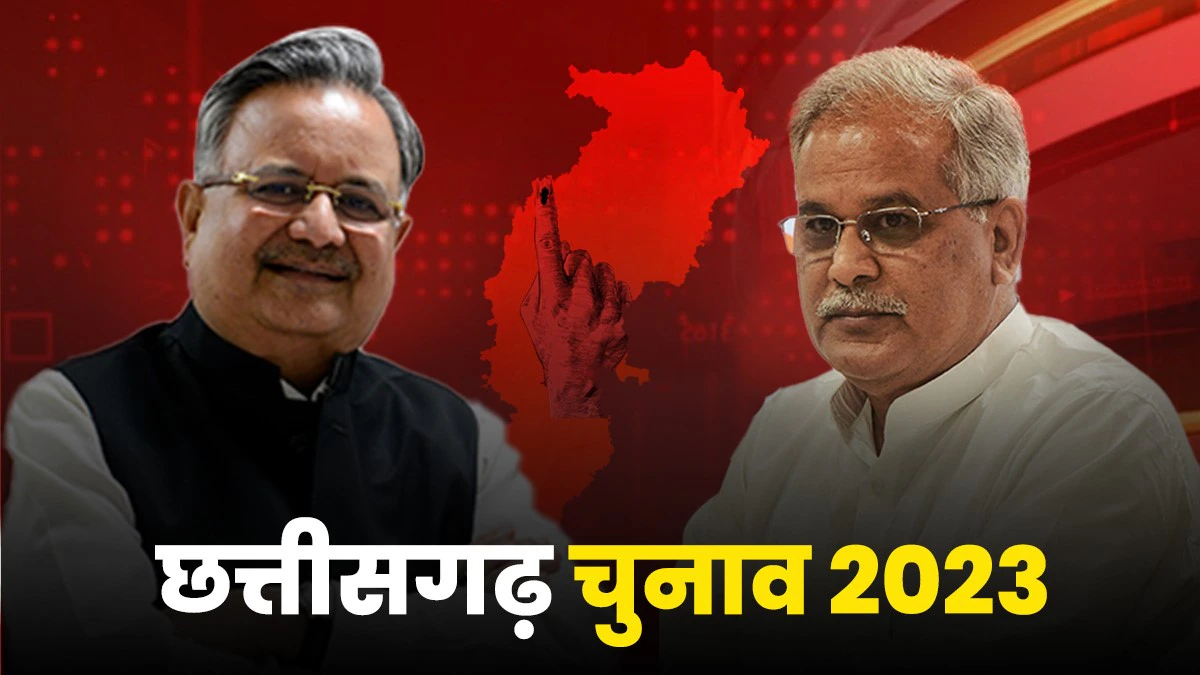History of Chhattisgarh
From ancient times till 1857
“Credible Chhattisgarh” (विश्वसनीय छत्तीसगढ़) also known as the ‘Rice Bowl of Central India’ came into being on 1st November 2000 after separation from Madhya Pradesh and became the 26th state of India. This young state can be traced in ancient texts and inscriptions.
In ancient times Chhattisgarh was known as ‘Dakshin Kosala’ the history of it can be traced back to the fourth century AD, and its mythological history goes back as far back as the Mahabharata and the Ramayana. In the 10th century the region was ruled by a powerful Rajput family who called themselves as the Haihaya dynasty. This dynasty continued ruling Chhattisgarh for six centuries and about the 14th century it split into parts. The Chalukya Dynasty established its rule in Bastar in the middle ages. The Marathas attacked Chhattisgarh in 1741 and destroyed the Haihaya power.
In 1758, the Marathas finally annexed Chhattisgarh. It was under Maratha rule (Bhonsales of Nagpur) from 1741 to 1845 CE. The Maratha rule was a period of disagreements and bad governance. The Maratha officials were openly surrendering the interests of the region to the British. As a result of this, the people began resenting the Maratha rule. The Gond community resisted and challenged the advances of Marathas which led to several conflicts between the Gonds and the Marathas. In 1818 Chhattisgarh came under British control. In 1854, when the province of Nagpur lapsed to the British government, Chhattisgarh was formed into a deputy commissionership with its headquarters at Raipur. The First war of independence in 1857 was spearheaded in Chhattisgarh by Vir Narain Singh who was a benevolent zamindar of Sonakhan. He was the first martyr from Chhattisgarh in the war of Independence.
Chhattisgarh Rajya Nirman
Several attempts were made post independence for Chhattisgarh as a separate state. A demand for separate Chhattisgarh was raised in 1924 by the Raipur Congress unit, and later on also discussed in the Annual Session of the Indian Congress at Tripuri. Discussion also took place of forming a Regional Congress organization for Chhattisgarh. In 1955, a demand for a separate state was raised in the Nagpur assembly of the then state of Madhya Bharat. The state reorganization commission (1954) rejected the for Chhattisgarh as a separate state.
The Congress Government of Madhya Pradesh took legislative initiative for the creation of Chhattisgarh. On the 18th March 1994, a resolution demanding a separate Chhattisgarh was tabled and unanimously approved by the Madhya Pradesh Vidhan Sabha. Both the Congress and the Bharatiya Janata Party supported the resolution. The election manifestos of the Congress and the BJP for both the 1998 and the1999 parliamentary elections as well as the Madhya Pradesh assembly election of 1998 included the demand for creation of separate Chhattisgarh. In 1998, the BJP led Union Government drafted a bill for the creation of a separate state of Chhattisgarh from sixteen districts of Madhya Pradesh. This draft bill was sent to the Madhya Pradesh assembly for approval. It was unanimously approved in 1998.
The President of India gave his consent to the Madhya Pradesh Reorganisation Act 2000 on the 25th August 2000. The Government of India subsequently set the First day of November 2000 as the day on which the state of Madhya Pradesh would be bifurcated into Chhattisgarh and Madhya Pradesh.
Reason Behind The Creation Of Chhattisgarh
The basis of creating Chhattisgarh was socio-political and not linguistic. The demand was based on the hope that the formation of a separate state would help boost the process of development and everyone would benefit equally from it, which would further resolve the prevailing issue of Naxalite disturbance in the state. Despite having a substantial tribal population, the politics of Chhattisgarh has not witnessed any significant mobilisation of the people belonging to the tribal community. The state did not come into existence due to any struggle of the numerically strong ST population. The state never saw the emergence of new issues in the conduct of state politics or political mobilisation of new sections or classes of people.
Important Trends In Chhattisgarh’s Political History
Politically, the state has been divided into three parts – north, south, and central. The first two being dominated by the Adivasis and central Chhattisgarh by the Other Backward Classes (OBCs). The
Political competition in the state revolves around the two main national parties – the Bharatiya Janata Party (BJP) and the INC. Chhattisgarh is the story of two major national parties dominating the political scene and altering power between them without any serious differences on issues that affect the people.
Though caste has its visibility in Chhattisgarh, it has never been the most dominant factor in politics. Due to this, policies, good governance, national issues, and the image of national leaders of major political parties are equally important factors in deciding the fate of political parties in Chhattisgarh. Chhattisgarh is a story of the domination of the upper castes, although the population of the state is predominantly tribal.
From 1951-52 to 1990 in Madhya Pradesh tickets were not considered on the basis of caste but after the recommendations of the Mahajan Commission in 1989 and the Mandal Commission of the Government of India in 1992, the backward classes started demanding seats on the basis of caste. Despite this, sharp voices of casteism did not emerge in Chhattisgarh till 2003. But since the time of the 2003 elections, the voices of casteism have started getting louder and more and more seats are being distributed keeping caste in mind.
When Chhattisgarh became a state in November 2000, Ajit Jogi – a scheduled tribe politician and a major leader in the Adivasi-majority Chhattisgarh, defeated 12 BJP MLAs. These rebels formed a new party and merged this party with Congress the very next day. This was the first incident of defection in the state.
The Congress party’s loss in three consecutive assembly polls in the year 2003, 2008 and 2013, is due to Jogi’s hot-headedness and disagreement within the party against him. In the last few years, the party has been wrestling with many choices to evolve a new strategy. The party, after struggling with different tactics, has now been sticking to the agenda of creating a new anti-BJP constituency among people belonging to the other backward classes (OBC) over the last few years.
The backward class constitute a little more than 50% of the state’s population – a significant chunk spread mostly over the plains of Chhattisgarh. However, the internal divisions within other backward classes, say for example historical rivalry between Kurmis (upper OBC) and Telis (lower OBC), have prevented them from consolidating as an influential single identity group. Therefore, their support to political parties also varies in every election, according to immediate conveniences.
The BJP, especially in its third term (2008), has gained an image of a party run by the combined exploitative group of upper-caste Brahmins and Rajputs, who had migrated to Chhattisgarh from Uttar Pradesh at one point of time – Raman Singh being one of them. A build-up of anti-incumbency around this factor is fuelling meta sub-nationalist talk within various rights-based movements in the state, and OBCs are a significant force driving this. Congress wants to tap this sentiment through identity-based politics.
Scheduled Castes class has been continuously supporting Congress since independence. This situation altered in 2013. In the politics of Chhattisgarh, it was believed that the one who wins the 29 seats reserved for Scheduled Tribes takes over the power of the state. But this perception changed in 2013 when the BJP came to power in the state by winning only 9 seats reserved for Scheduled Tribes.
Caste polarization was seen occasionally in some general seats, except for Scheduled Castes and Tribes, Even if there was polarization for a candidate or political party at some places, it was not more than 40-50 percent of that particular caste. Different castes are included in every constituency. Therefore, a candidate gets victory only when he gets votes from other castes along with his own caste and this has been happening in a much better way in Chhattisgarh. The qualitative political changes taking place in Chhattisgarh prove that here candidates demand seats on the basis of casteism but most of the voters keep their preferences above casteism.
Click Here To Download The Paper


📌Analysis of Bills and Acts
📌 Summary of Reports from Government Agencies
📌 Analysis of Election Manifestos

